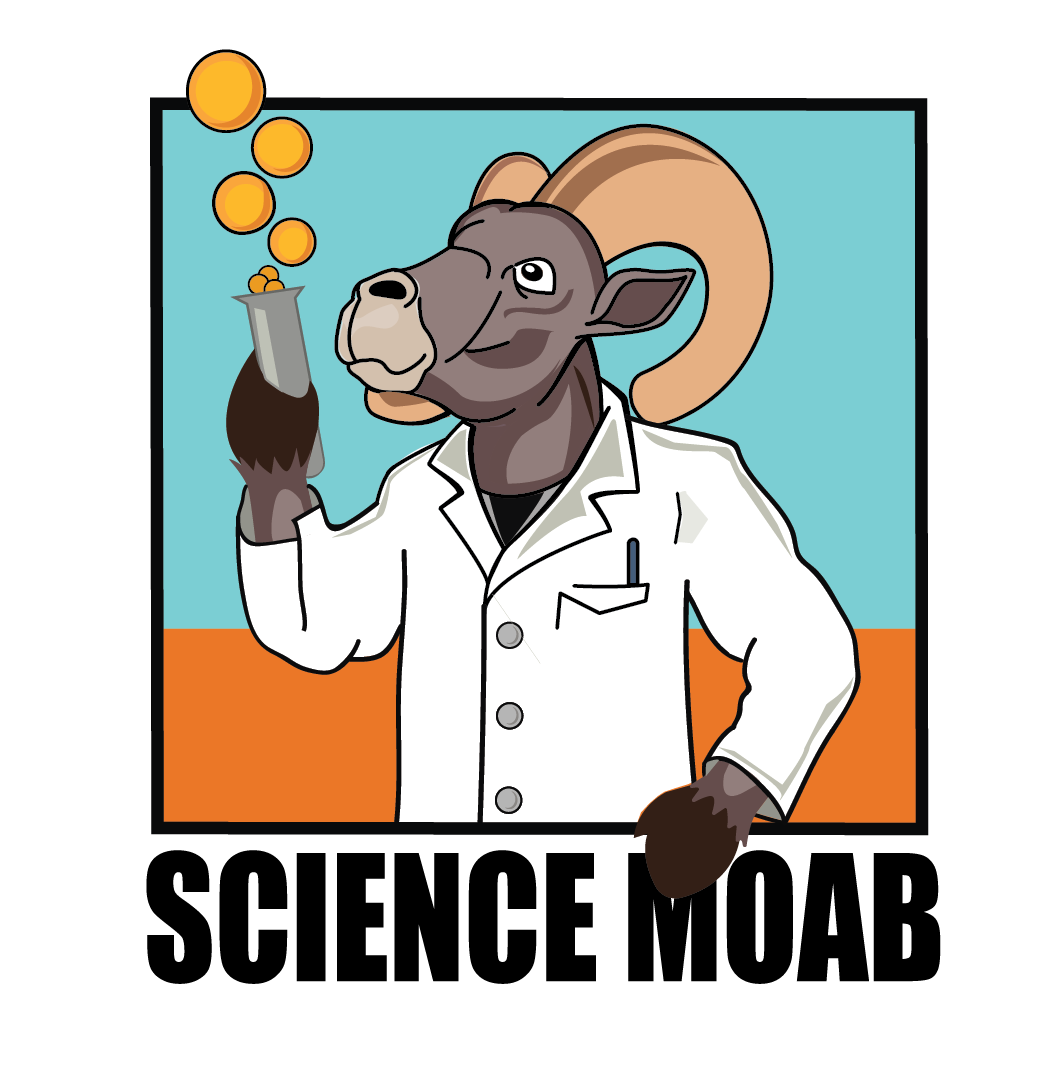Some information may be outdated.
Cheatgrass is one of the most pervasive non-native grasses in the American West, changing habitats almost everywhere it goes. Here, Science Moab speaks with Dr. Jayne Belnap, a world-renowned scientist from Moab, Utah, who has studied how this invasive grass has impacted ecosystems around the Southwest.
Science Moab: So what is cheatgrass and where does it come from?
Belnap: The Latin name for cheatgrass is Bromus tectorum. There are other species within that genus in the western United States. It came from the Mediterranean and was believed to be introduced accidentally in livestock feed hay that came over during the early 1800s. Since then, it’s spread all over the northern part of the range which is at its southernmost extent here in Southern Utah. There are other species of Bromus down south and in the Midwest. Depending on the climate, there’s different species in different places.
Science Moab: How much cheatgrass is there in the Moab area and why is it in some places and not others?
Belnap: One of the big studies that I and others did was looking at exactly that. Where does cheatgrass grow and where does it not grow and why? And it’s very clearly dependent on soil texture and chemistry. So in certain areas, you hardly see it at all. In very shallow, very coarse sandy soils, there’s really not that much cheatgrass. These are basically places with low nutrients. Remember, cheatgrass is an annual grass. Annual grasses have to have all of their nutrients and sufficient water to germinate, grow, and sow seed all in one year, so they need more nutrient rich soils. On the Colorado Plateau, those fertility zones are very patchy and so cheatgrass is very patchy.
Science Moab: When cheatgrass invades an area, how does that work? What actually happens?
Belnap: It all depends on the area. We have been studying an ungrazed grassland in Canyonlands National Park that was partially invaded by cheatgrass. Some areas had cheatgrass in it, others didn’t, but cheatgrass has had no effect on that ecosystem. There’s been no impact on the plant diversity, no impact on the plant biomass, no impact on the nutrient cycling…zero impact on that system which was never grazed by livestock. The cheatgrass just filled the inner space between the native grass. There’s also plenty of room for the native plants to grow. It can be dynamic, so years that are really wet, cheatgrass gets very big and very tall and the natives don’t compete as well. But in an average year or a dry year, which of course comes right after the wet year, the natives are back and the cheatgrass is short.
Science Moab: At what point do you call an invasive species “naturalized,” meaning you consider it part of the ecosystem and don’t try to get rid of it anymore?
Belnap: This is a huge scientific debate. I go back and forth on the topic, but for me, if a plant moves in and wipes out all native communities, that’s an invasive. I think there’s also an economic side to this. We have poured millions of dollars into fighting cheatgrass and gotten nowhere. Is there an economic point of which you give up and say, okay, it’s naturalized? There’s also the frustration angle in which we say “it’s been here for 200 years, we give up!” I think it’s a mixture of all three. But if it’s going to come in and wipe out an ecosystem, then I think we need to fight it. It’s not just taking the plants out: animals are very dependent on specific plants. It reverberates through the whole system when you go from a shrub-dominated system to a cheatgrass-dominated system, it has huge implications for everything in there. It has huge implications for water availability to the animals and humans, huge implications for soil erosion for dust storms and for sediment going into the water system. It really does collapse the ecosystem. Cheatgrass is invasive and doesn’t ever get to be naturalized in my book.
This interview has been edited for length and clarity. To learn more and listen to the rest of Jayne Belnap’s interview, visit www.sciencemoab.org/invading-grasses.
Dr. Jayne Belnap talks about the West’s pervasive invasive
Appreciate the coverage? Help keep local news alive.
Chip in to support the Moab Sun News.





